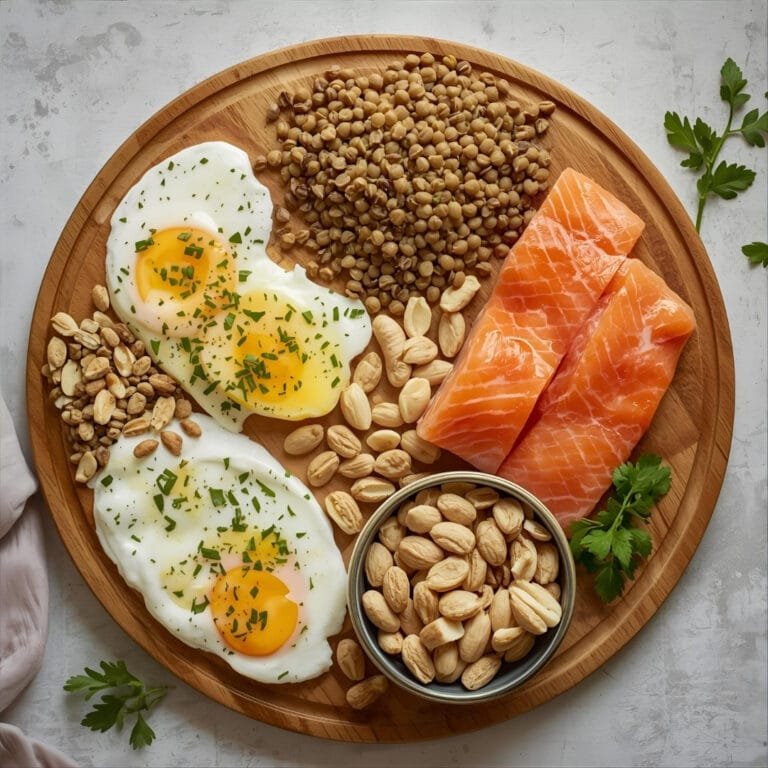Disclosure:
Thank you for reading this post, don't forget to subscribe!
Some of the links on this website are affiliate links. This means that if you click on the link and make a purchase, we may receive a small commission at no extra cost to you. Your support helps us keep the site running.Learn more on my Privacy Policy and Affiliate Disclosure page. Thank you for your support!
Disclosure:
Some of the links on this website are affiliate links. This means that if you click on the link and make a purchase, we may receive a small commission at no extra cost to you. Your support helps us keep the site running.Learn more on my Privacy Policy and Affiliate Disclosure page. Thank you for your support!

Ever wondered why some foods leave you feeling energized for hours, while others cause a quick crash? The secret lies in macronutrients, the building blocks of a healthy diet. Understanding these macronutrients – carbohydrates, proteins, and fats – is crucial for achieving optimal health and fitness goals. By making informed choices about the types and amounts of each macronutrient you consume, you can fuel your body effectively and unlock a new level of well-being.
Table of Contents
- Macronutrients Explained
- Carbohydrates
- Proteins
- Fats
- Creating a Balanced Diet
- Tips for Building a Balanced Plate
- Carbohydrates
- Simple vs. Complex Carbs
- Choosing Healthy Carbohydrate Sources
- Proteins
- The Importance of Protein
- Complete vs. Incomplete Proteins
- Fats
- Debunking Fat Myths
- Healthy Fats vs. Unhealthy Fats
- Choosing Healthy Fat Sources
Macronutrients Explained:
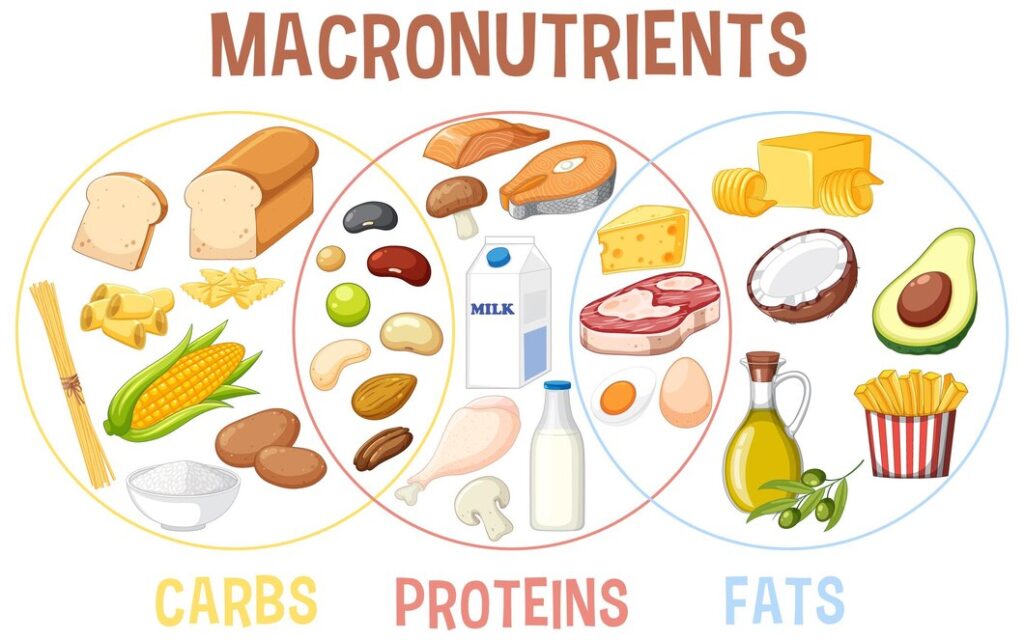
Our bodies rely on three main categories of macronutrients:
- Carbohydrates: The body’s primary source of energy, carbs come in simple and complex forms. Simple carbs offer a quick energy boost but can lead to crashes, while complex carbs provide sustained energy.
- Proteins: Essential for building and repairing tissues, proteins are the building blocks of muscle and play a crucial role in numerous bodily functions.
- Fats: Often demonized, healthy fats are vital for hormone production, brain function, and nutrient absorption.
Turn Your Passion into Profit
Tired of Your 9-to-5? Create Your Dream Online Business!
Discover the proven system to build a profitable website and earn income doing what you love.
Creating a Balanced Diet:

A balanced diet incorporates all three macronutrients in appropriate ratios. The ideal ratio depends on your individual goals and activity level. However, focusing on portion control and mindful eating is key. Here are some tips:
- Fill half your plate with non-starchy vegetables: These provide essential vitamins, minerals, and fiber without a significant carbohydrate impact.
- Include a lean protein source: Aim for a palm-sized serving of fish, chicken, beans, or lentils with each meal.
- Incorporate healthy fats: Add a thumb-sized portion of nuts, seeds, or avocado to your meals for satiety and nutrient benefits.
Carbohydrates:
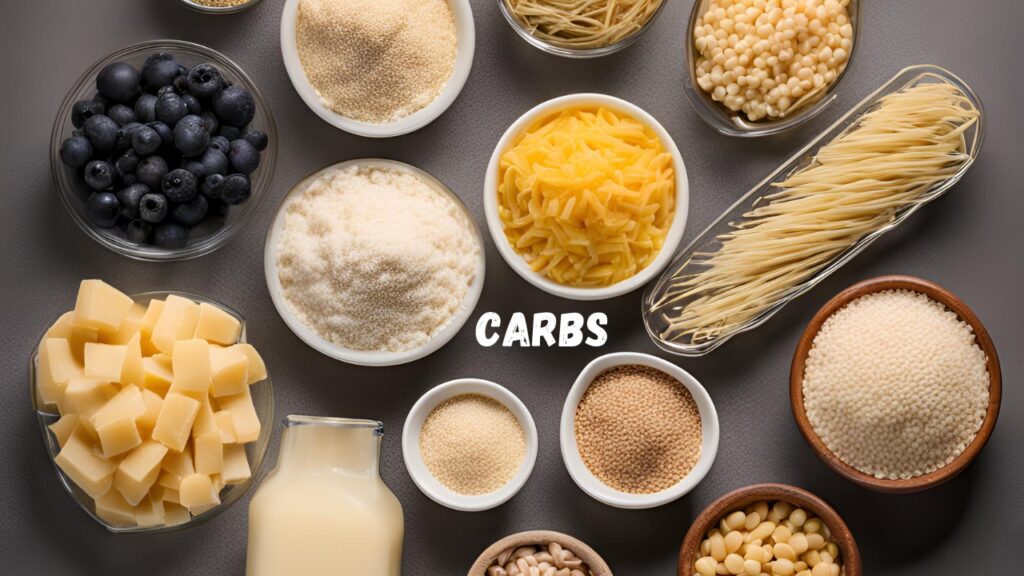
Carbohydrates come in two primary forms:
- Simple Carbs: Found in sugary drinks, pastries, and refined grains, these provide a quick energy spike followed by a crash.
- Complex Carbs: Whole grains, fruits, and starchy vegetables offer sustained energy, fiber, and essential vitamins and minerals.
Focus on incorporating whole grains, fruits, and vegetables into your diet to ensure a steady supply of energy throughout the day.
Related Post
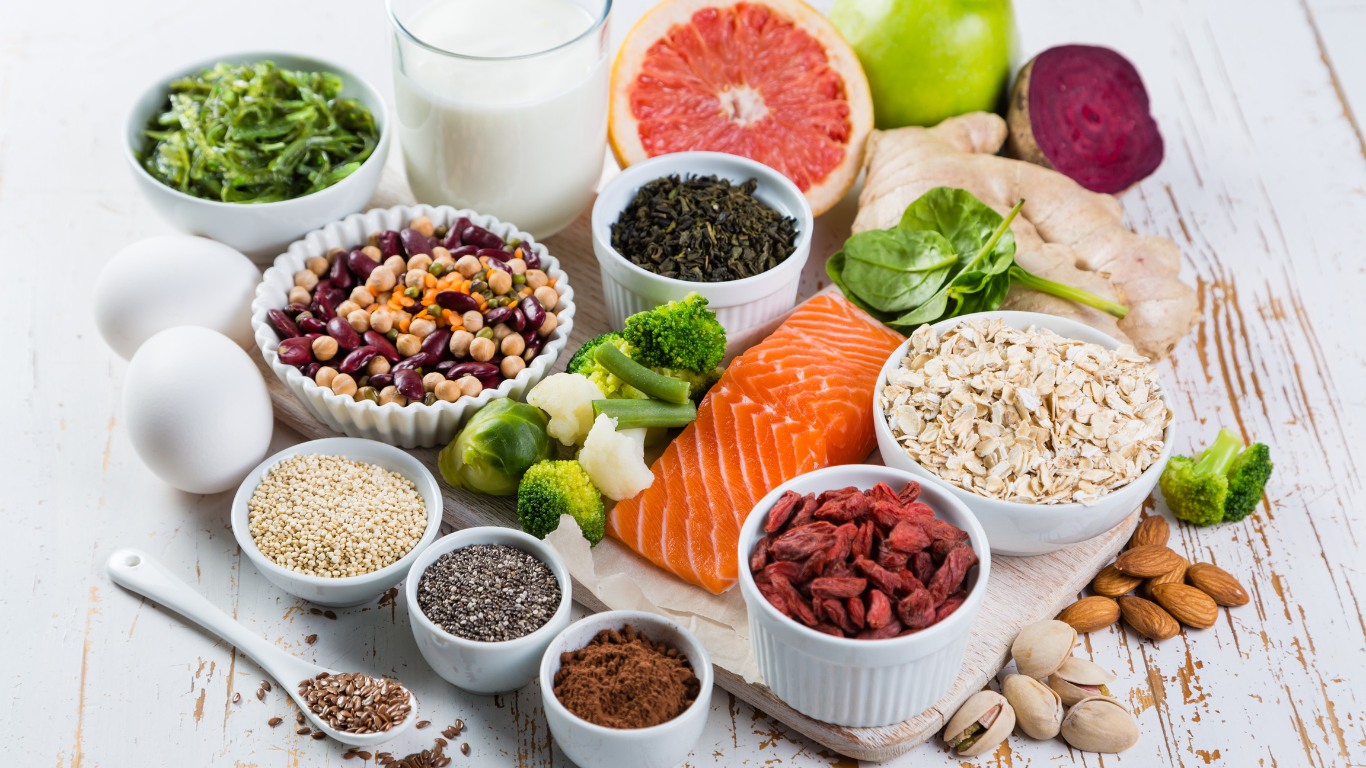
The Ultimate Guide to Balanced Nutrition: Tips, Benefits, and Meal Ideas
The Ultimate Guide to Balanced Nutrition: Tips, Benefits, and Meal Ideas
Nutrition plays a vital role in our overall health and well-being. A balanced diet is the foundation of a healthy lifestyle, providing the nutrients our bodies need to function properly. …
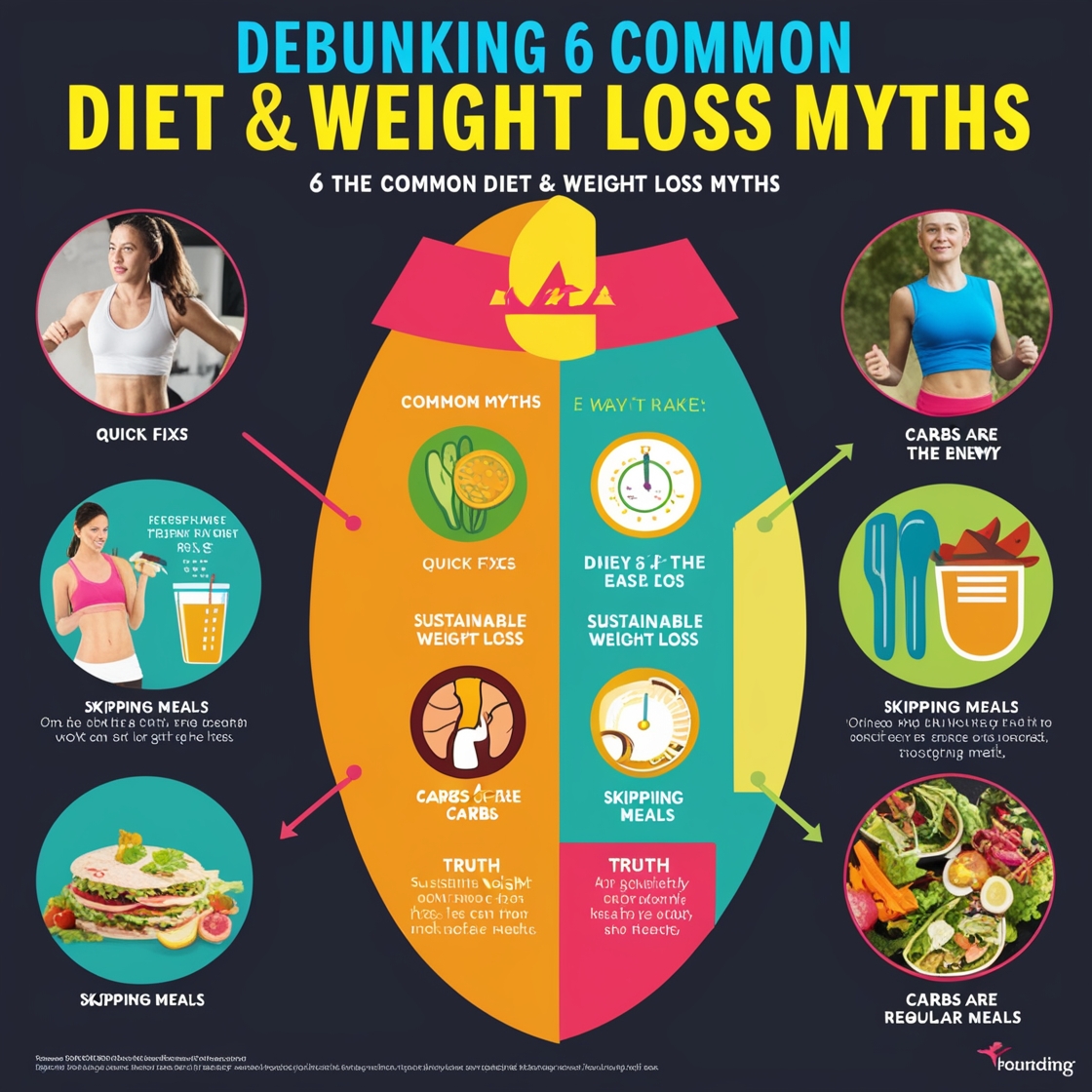
Debunking 6 Common Diet & Weight Loss Myths
Debunking 6 Common Diet & Weight Loss Myths
In the quest for a healthier lifestyle, many people find themselves bombarded with a myriad of diet and weight loss myths. These myths, often perpetuated by media, well-meaning friends, and …
Proteins:
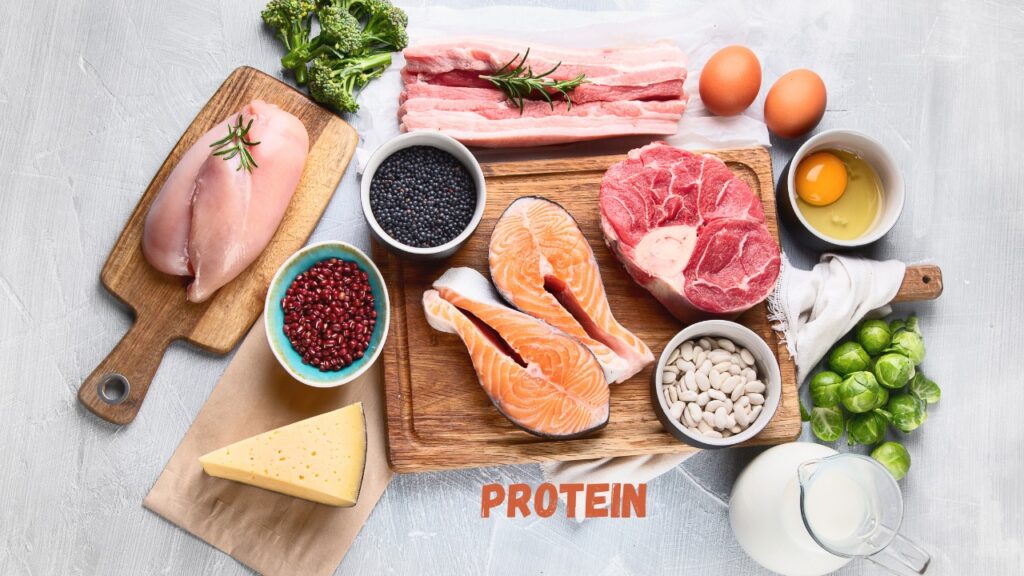
Proteins are crucial for building and repairing tissues, including muscle. They also play a role in enzyme function, hormone production, and immune system support. There are two main types of protein sources:
- Complete Proteins: These sources, such as animal meats, poultry, fish, and eggs, contain all nine essential amino acids the body cannot synthesize on its own.
- Incomplete Proteins: Plant-based sources like beans, legumes, and nuts often lack one or more essential amino acids. However, consuming a variety of plant-based proteins throughout the day can ensure you get all the essential amino acids your body needs.
Fats:
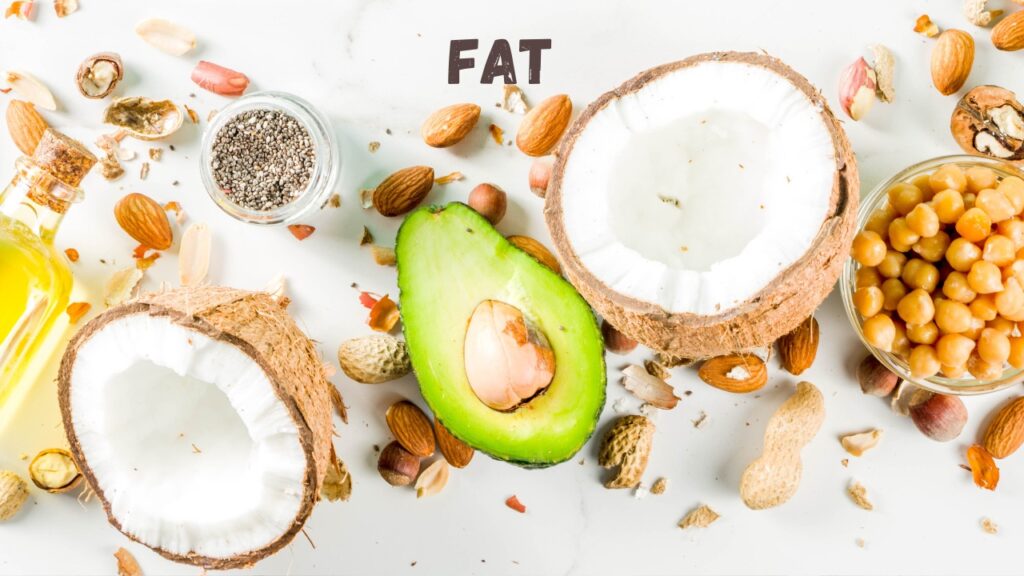
Healthy fats are essential for numerous bodily functions. They provide sustained energy, aid in nutrient absorption, and contribute to hormone production. There are two main categories of fats:
- Healthy Fats: These include monounsaturated and polyunsaturated fats found in avocados, nuts, seeds, olive oil, and fatty fish.
- Unhealthy Fats:
Saturated and trans fats, found in processed meats, fried foods, and commercially baked goods, can contribute to heart disease and other health issues.
More Post

The Power of Mindfulness: Techniques for Daily Practice
The Power of Mindfulness: Techniques for Daily Practice “Mindfulness isn’t difficult. We just need to remember to do it.” — Sharon Salzberg In today’s fast-paced world, where the constant rush …
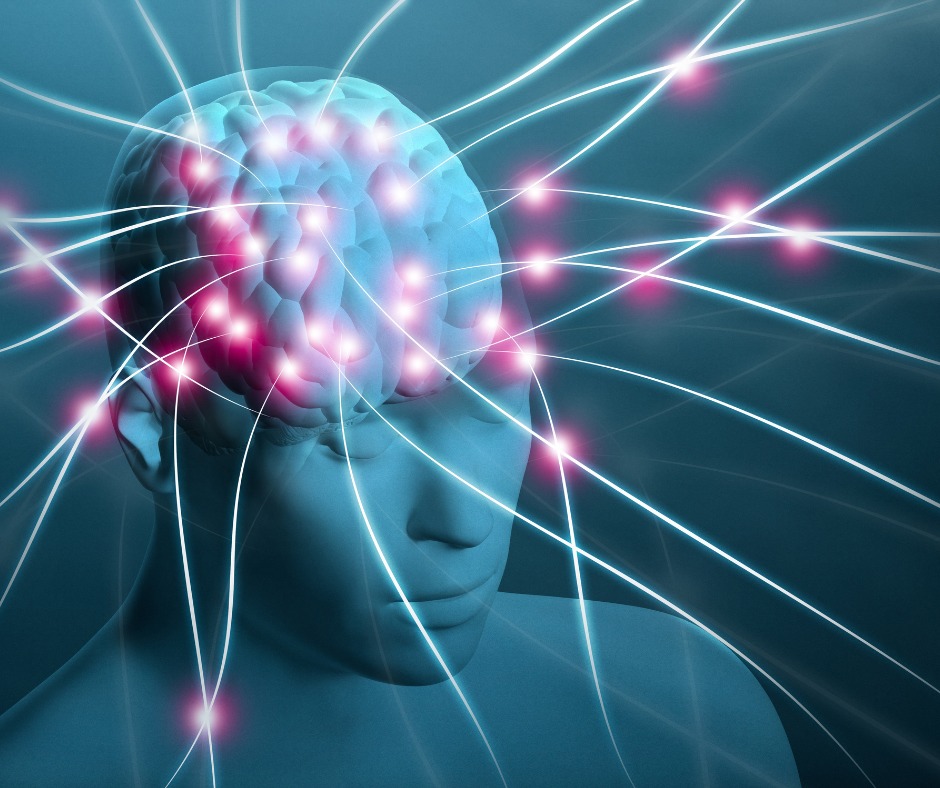
The Science Behind Morning Habits: Unlocking Your Brain’s Potential for a Productive Day
The Science Behind Morning Habits: Unlocking Your Brain’s Potential for a Productive Day Morning routines are more than just a series of tasks to start the day—they are essential rituals …

How to Grow Your Glutes: The 7 Best Glute Exercises I Used in My Contest Prep
How to Grow Your Glutes: The 7 Best Glute Exercises I Used in My Contest Prep As a former bodybuilder and gym enthusiast, I’ve spent countless hours sculpting and perfecting …
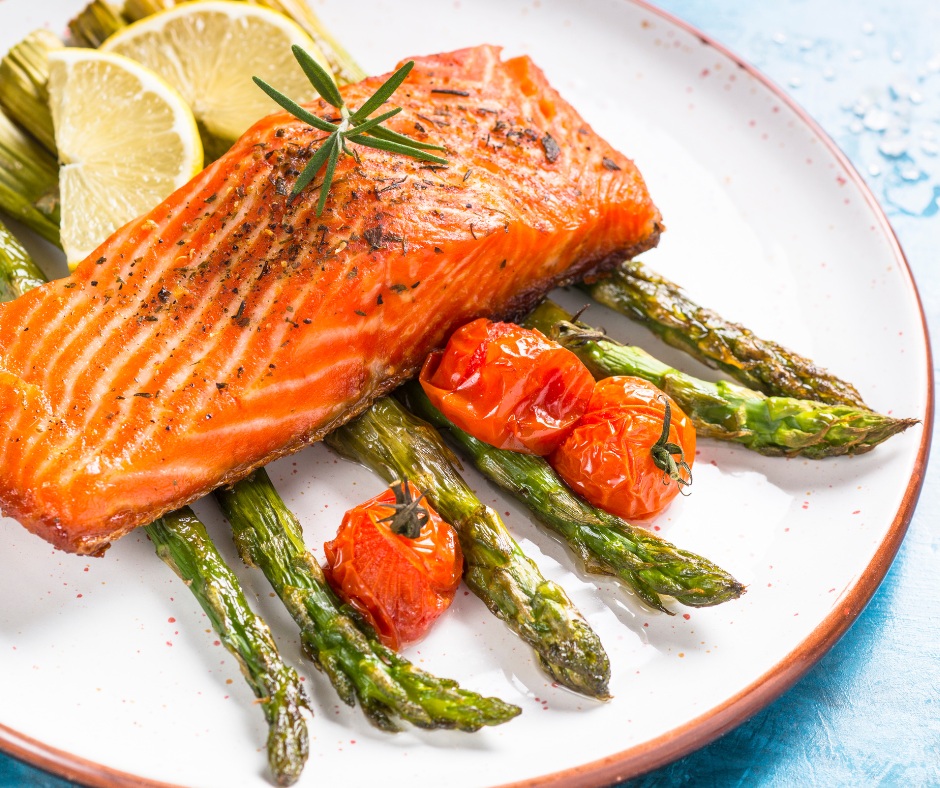
Delicious and Healthy Garlic Butter Salmon and Asparagus Foil Packs
“Healthy Garlic Butter Salmon and Asparagus Foil Packs Recipe | Quick & Delicious” Are you looking for a quick, nutritious meal that doesn’t skimp on flavor? Look no further! Today, …
Conclusion:
By understanding macronutrients and incorporating them into a balanced diet, you can fuel your body for optimal health and fitness. Prioritize whole, unprocessed foods, focus on portion control, and embrace mindful eating. With this knowledge, you can make informed dietary choices that support your well-being and empower you to live a healthier, happier life!
share the post
X
“Subscribe for exclusive content, special offers, and daily inspiration! Join our newsletter and let’s stay connected on the path to positivity. Sign up today! ?? #StayInspired”





